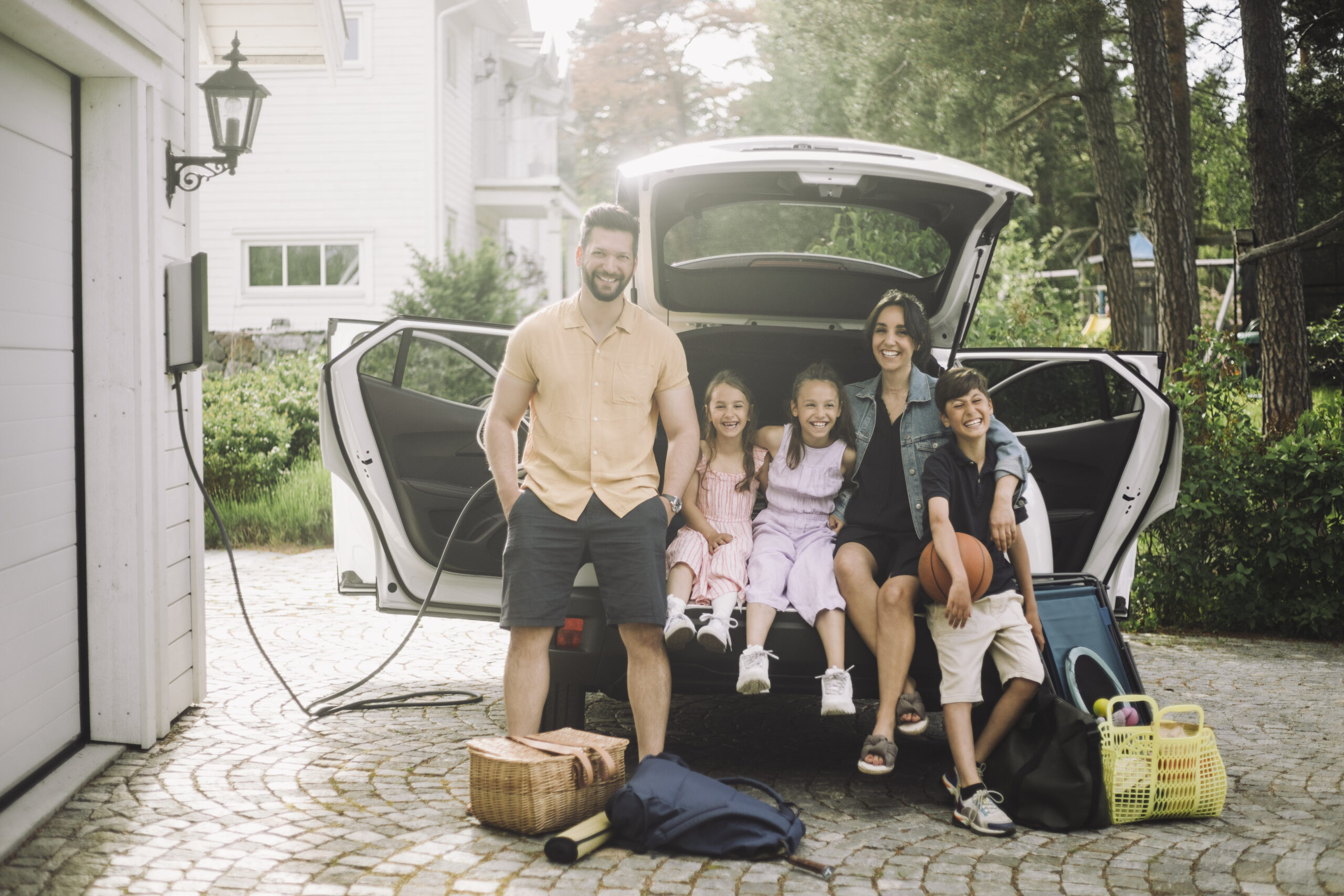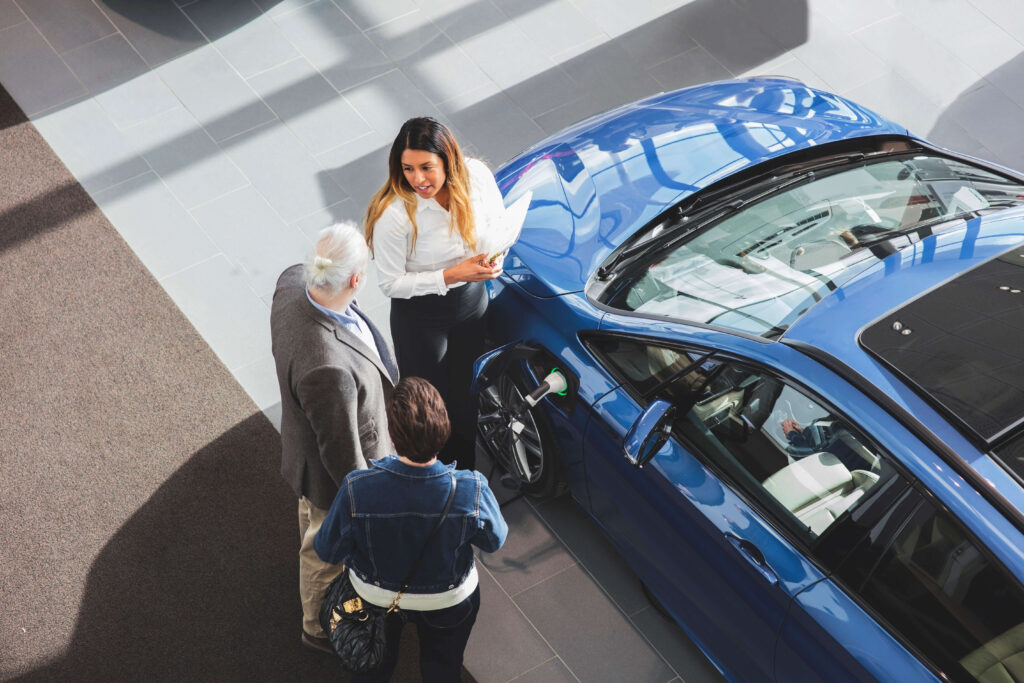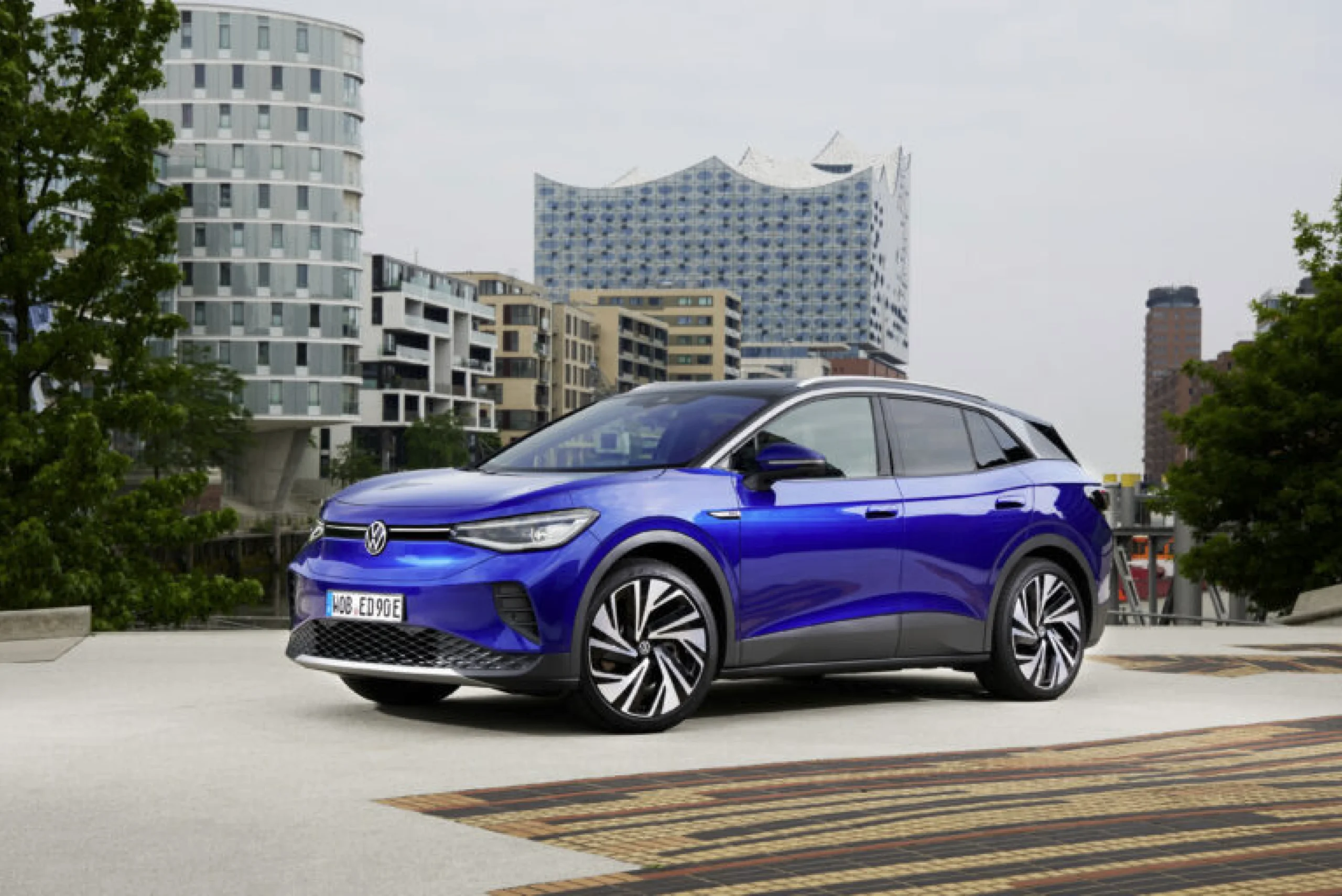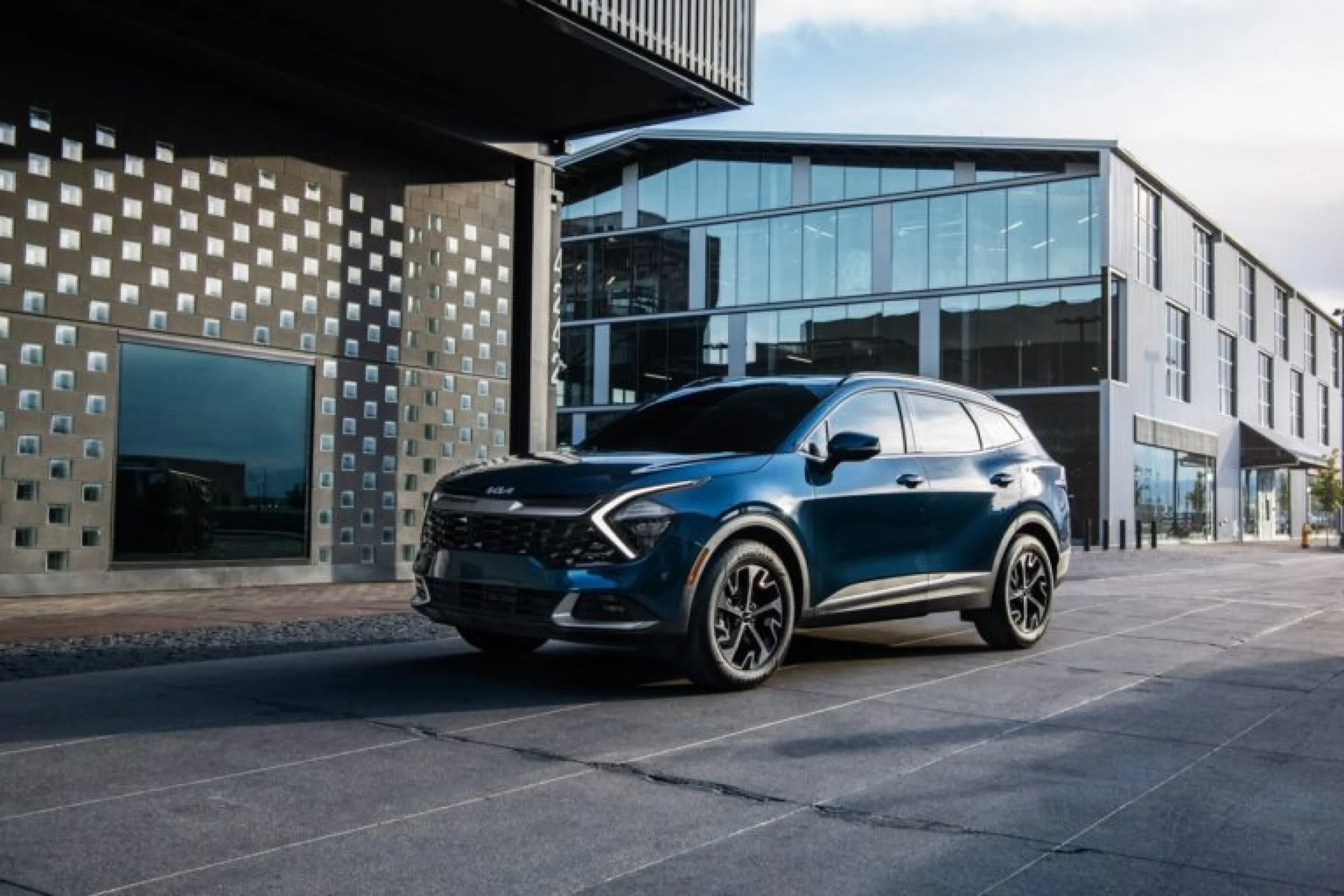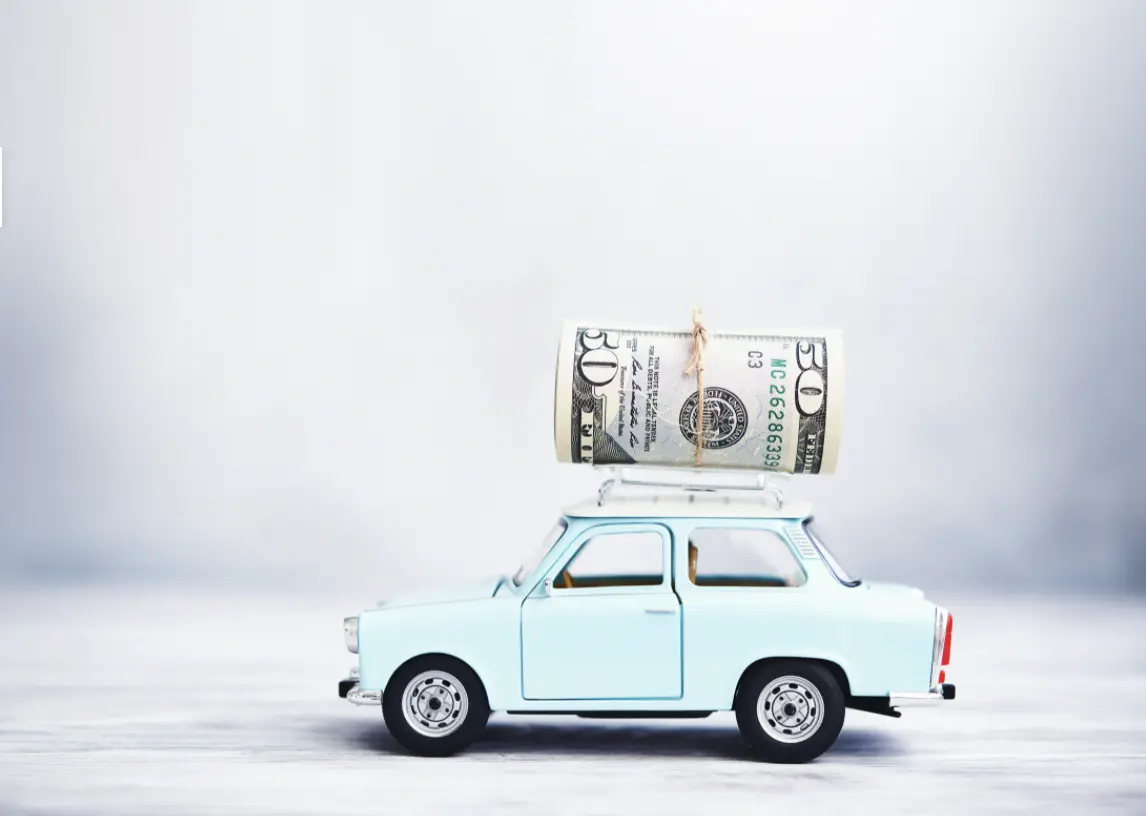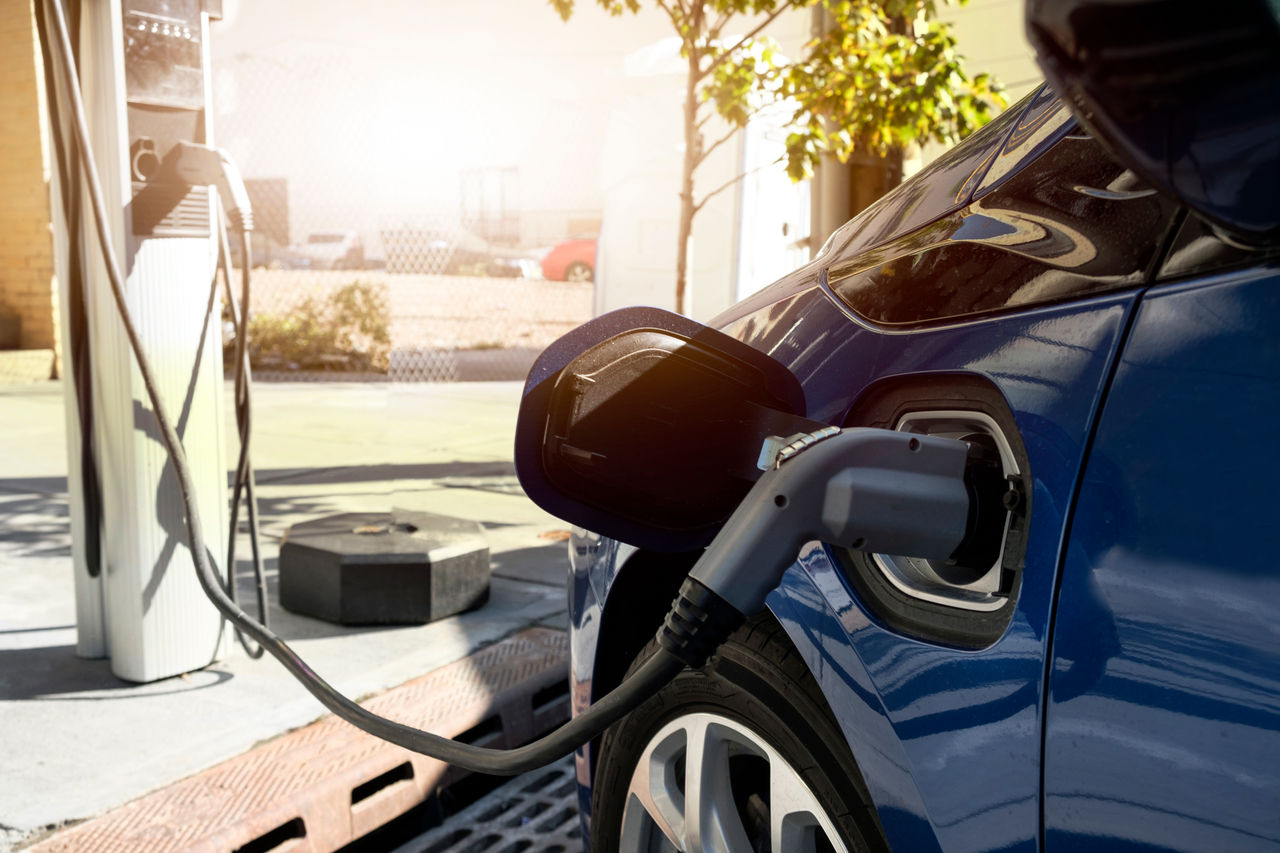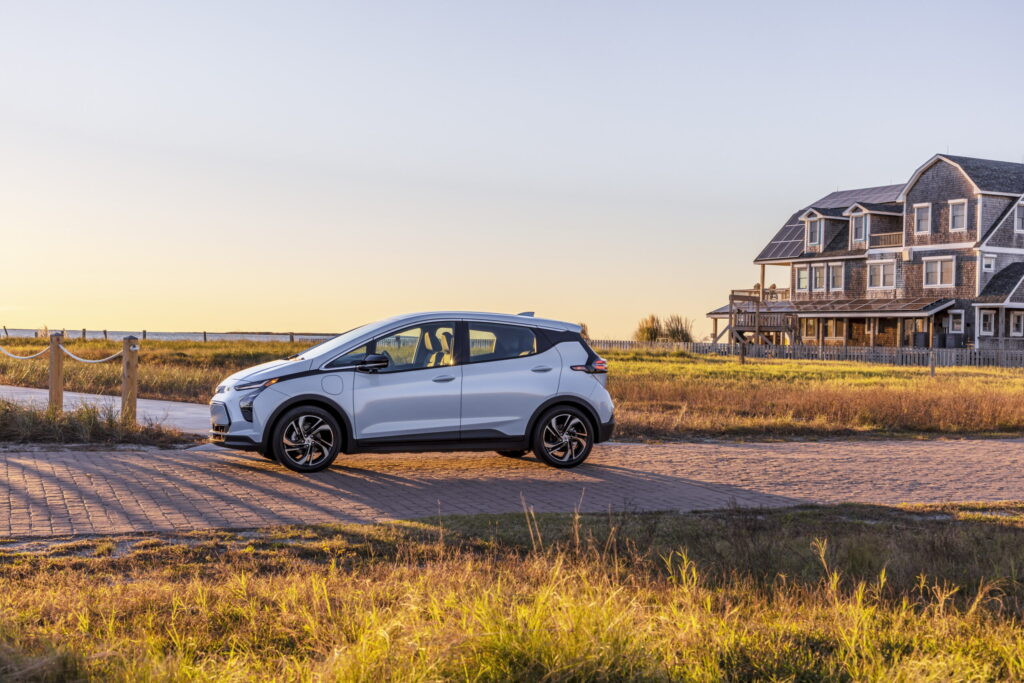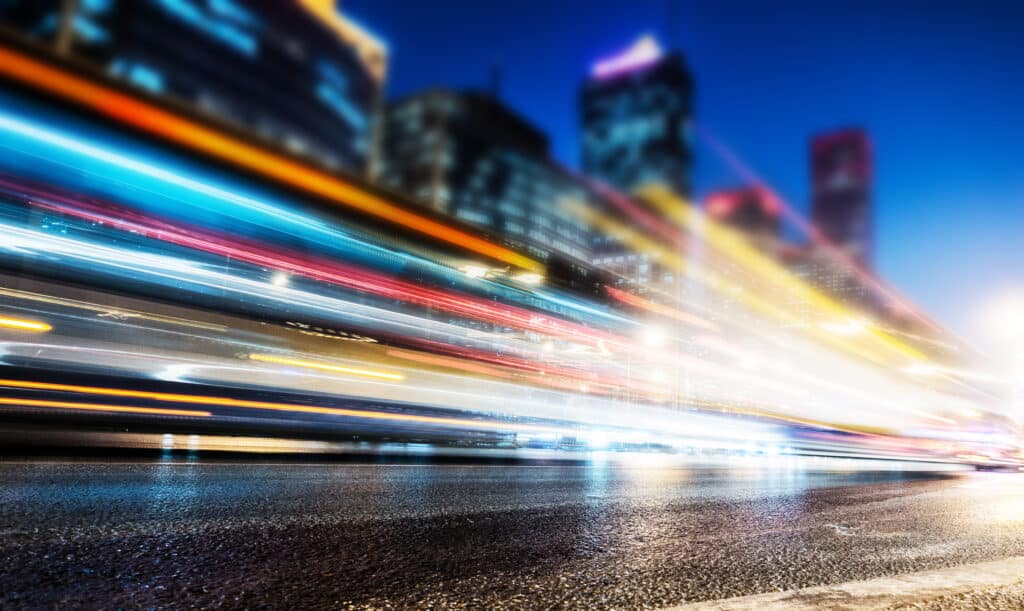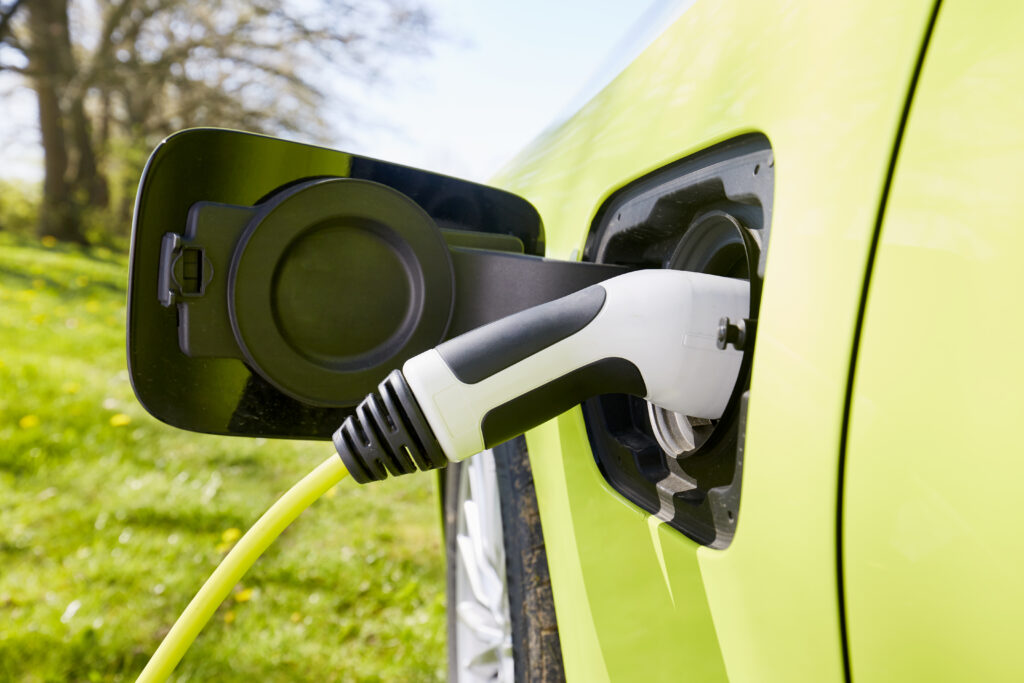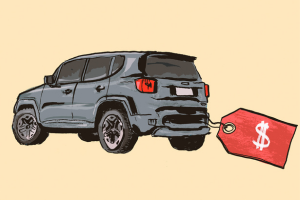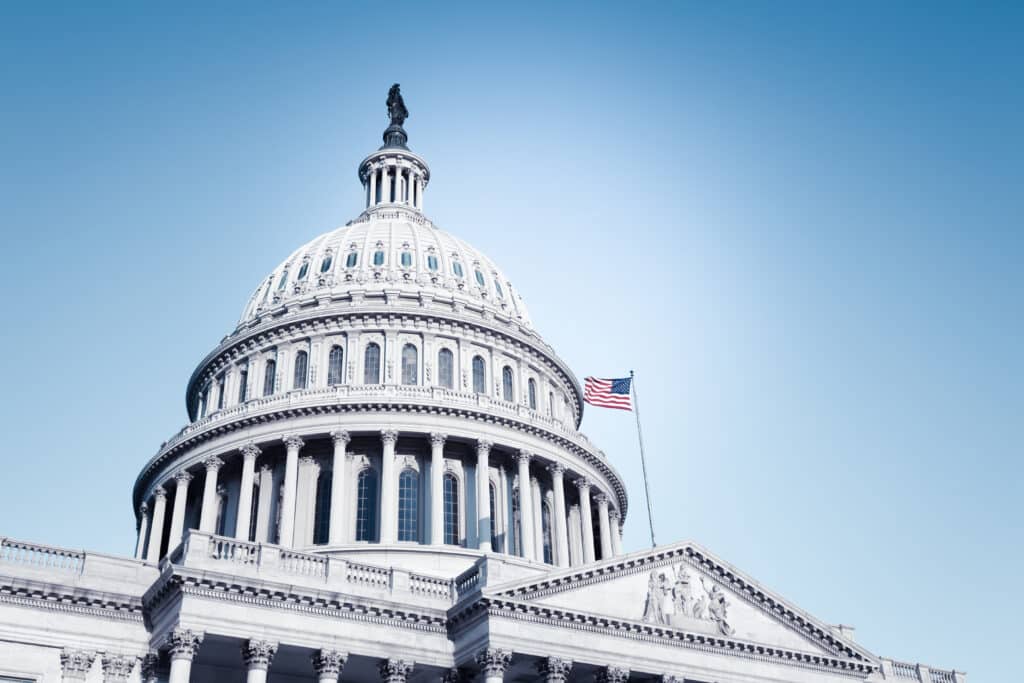
Tesla Inc., announced price cuts of up to $13,000 on the Model Y crossover, igniting a surge in demand.
Ford’s Chief Customer Officer of the Electric Vehicle Unit, Marin Gjaja, said, “We have to compete. It’s a competitive marketplace, and it just got a lot more competitive because of what Tesla did. We’re not going to cede ground to anyone,” said Ford’s chief customer officer of the electric vehicle unit, Marin Gjaja.
Ford announced it would reduce the price of the 2023 Mustang Mach-E crossover by $600 to $5,900, depending on the trim, and boost production in hopes of solidifying its status as the nation’s No. 2 electric vehicle maker. Ford reported plans to build 130,000 Mach-Es globally this year, 67 percent more than the 78,000 it produced in 2022.
Lucid announced a new starting price of $138,000 for its 819 horsepower, 516-mile range Air Grand Touring sedan, down from $154,000 previously. To achieve the lower price, Lucid removed some of the standard features and made them available as upgrades, giving buyers more flexibility in configuring the vehicle. This flexibility is already found with the lower priced Air Pure and Air Touring grades, which start at $87,400 and $107,400, respectively. Previous standard features on the Air Grand Touring included the DreamDrive Pro driver-assist package ($10,000), Surreal Sound Pro audio system ($4,000) and 21-inch Aero Blade wheels ($2,000).
Volkswagen Group’s CEO Oliver Blume told the Frankfurter Allgemeine Sonntagszeitung that the manufacturer has no plans to offer discounts for its electric vehicles to counter price cuts by Tesla. “We have a clear pricing strategy and are focusing on reliability. We trust in the strength of our products and brands,” Blume said, “VW wants to be a global leader in EVs, but this should be achieved through profitable growth.”
Similarly, Renault has no plans to cut prices for its EVs in response to Tesla discounting its Model Y and Model 3 cars by up to 20 percent. “If you cut sales prices by 10 percent or more within a week’s time, it weighs on residual values and hurts existing customers,” Renault’s Fabrice Cambolive told Automobilwoche, “What counts for us is stability, but it’s foreseeable that prices for EVs will come under scrutiny,” he said.
Polestar built the first “car house” out of ice and snow in Rovaniemi, Finland, ahead of Arctic Design Week. The Swedish electric car manufacturer wants to use the temporary Snow Space to draw attention to the melting of the polar ice caps and rising sea levels.
“The city of Rovaniemi is known for its wonderful design. We wanted to honor this by creating a beautiful work that was inspired by our brand’s minimalistic and pure design language,” said Polestar Finland’s Marketing Manager Martin Österberg.
The Volkswagen Group has taken stock of the development of its global fast-charging network. By the end of 2022, a third of the 45,000 fast-charging stations planned to be connected to the grid by 2025 were active – a total of around 15,000 with a capacity of up to 350 kW.
In 2021, Volkswagen announced that it would work with partners to build a fast-charging network accessible to all electric cars worldwide. By the end of 2023, approximately 10,000 high performance computing (HPC) charging points will be available in Europe and up to 25,000 worldwide. The Wolfsburg-based company is relying on joint ventures and partnerships, specifically Ionity, Ewiva, BP, Iberdrola, Electrify America and CAMS.
Volkswagen and its partners intend to expand the fast-charging network to a total of 45,000 High Power Chargers by 2025: with 18,000 HPC stations in Europe, 10,000 in North America, and 17,000 in China. In Europe, the charging infrastructure will be expanded via the fast-charging joint venture Ionity (in which the Audi and Volkswagen passenger cars brands as well as Porsche are involved on the Volkswagen Group side), via the Ewiva joint venture founded in 2022 with Enel (focus on Italy) and via strategic partnerships with BP and Iberdrola (focus on Spain). In the U.S., the American Volkswagen subsidiary Electrify America is responsible for the expansion of the electric infrastructure for the group.
In Germany, a project coordinated by Fraunhofer industrial supply company called RecyLIB, aims to develop a battery manufacturing process to enable reuse of used battery elements. The goal is to allow the use of recycled material allowing the active functional material to be recovered after the battery life ends for direct reuse in the remanufacturing of electrodes.
Recycled electrode material will be fed directly back into the electrode manufacturing process without affecting cell performance, eliminating critical process aids such as toxic solvents. In hydrometallurgical battery recycling widely used today, battery cells are mechanically crushed and filtered until the so-called black mass with the valuable active materials remains. This is then split into the original materials with the help of further chemicals that can, in turn, be used for the production of new electrodes in the established process of electrode coating.
RecyLIB wants to develop a process that no longer requires hydrometallurgical processing with the chemical splitting into individual materials. Instead, the battery materials are to be recovered from the black mass as gently as possible in a water-based separation (electrohydraulic fragmentation and centrifugation) and sorting process. In this process, the electrode material is not recovered in its individual raw materials, but in its previous composition.
This RecyLIB project launched in 2022 and is now being presented with the support of EU and national funding organizations.
Corvette has been an innovator for over 70 years, and now, it has electrified an all-wheel drive (e-AWD) system that works in tandem with its LT2 V8 engine to give it the fastest 0 to 60 time ever for this legendary nameplate.
This Corvette is engineered for performance and all-season touring thanks to standard all-season tires and Magnetic Selective Ride Control™. The E-Ray and electrified AWD capability handles snow, rain, mud or ice well, with technology inspired by the C8.R race car and Le Mans prototypes, plus standard carbon ceramic brakes, it’s made to take on the greatest cars in the world.
With the addition of an electric drive unit on the front axle, drivers can expect incredible acceleration as well as impressive horsepower and torque.
AAA’s Recommendation: Whether you own an electric vehicle or a gas-powered car is up to you – and you should consider lots of factors in making that choice. No matter what type of vehicle you’re choosing, we recommend visiting a dealership, test driving one, and asking as many questions as possible to make an informed decision.
